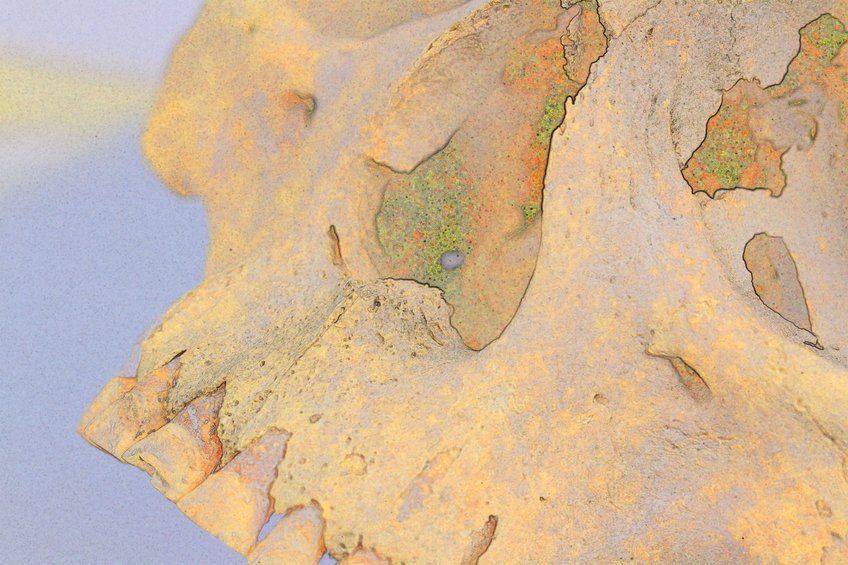
In a groundbreaking study, researchers from the Max Planck Institute for Evolutionary Anthropology and their counterparts in Argentina have reconstructed two 4000-year-old genomes of Mycobacterium lepromatosis from human skeletons found in Chile. This pathogen, a rare cause of Hansen’s Disease, commonly known as leprosy, adds a new dimension to our understanding of the disease’s history in the Americas.
The discovery challenges the long-held belief that leprosy, primarily associated with Mycobacterium leprae, originated solely in Eurasia. The presence of M. lepromatosis in ancient American remains suggests that the disease might have evolved separately on opposite sides of the world for millennia.
Unveiling the Past: Ancient Pathogen Genomes
Hansen’s Disease is a chronic condition that can lead to severe physical impairment if untreated. Although it exists in over 100 countries today, access to treatment varies widely. Historically, leprosy has been documented in Europe and Asia, with characteristic changes in bones observed in archaeological remains dating back 5000 years.
However, the absence of such changes in pre-contact American contexts led scholars to believe that leprosy was introduced to the continent during the colonial period. This new study, however, presents evidence that M. lepromatosis was present in the Americas long before European contact.
Genetic Insights into Hansen’s Disease
From a genetic perspective, Hansen’s Disease is caused by either the globally dominant Mycobacterium leprae or the newly identified Mycobacterium lepromatosis. The recovery of M. leprae from archaeological bones in Europe suggests its Eurasian origins during the Neolithic transition about 7000 years ago. Similar timelines have been proposed for other diseases like plague and tuberculosis.
According to Kirsten Bos, group leader for Molecular Paleopathology at the Max Planck Institute, “Ancient DNA has become a great tool that allows us to dig deeper into diseases that have had a long history in the Americas.” Her team has been examining pathological bones from American contexts for over a decade, uncovering unexpected insights into ancient diseases.
Reconstructing a New Chapter in Disease History
Working closely with researchers from Argentina and Chile, Bos’s team meticulously isolated ancient pathogen DNA. Darío Ramirez, a doctoral candidate at the National University of Córdoba, first identified a genetic signature related to leprosy in the Chilean skeletons. “We were initially suspicious, since leprosy is regarded as a colonial-era disease,” Ramirez noted. “But further DNA evaluation revealed the pathogen to be of the lepromatosis form.”
Lesley Sitter, a postdoctoral researcher, commented on the remarkable preservation of these ancient genomes, stating, “The preservation is uncommon in ancient DNA, especially from specimens of that age.” The reconstructed genome is related to all known modern forms of M. lepromatosis, yet much remains to be learned due to the limited number of genomes available for comparison.
Implications and Future Research
This discovery indicates that a pathogen considered rare today caused disease in the Americas for thousands of years. Rodrigo Nores, a professor of Anthropology at the National University of Córdoba, is optimistic about future findings. “This disease was present in Chile as early as 4000 years ago, and now that we know it was there, we can specifically look for it in other contexts,” he explained.
The study not only rewrites a chapter in the history of Hansen’s Disease but also opens new avenues for understanding the spread and evolution of infectious diseases in ancient populations. As researchers continue to explore ancient DNA, more revelations about the past health landscapes of the Americas are expected to emerge, offering deeper insights into the complex interplay of human migration, disease, and environment.






